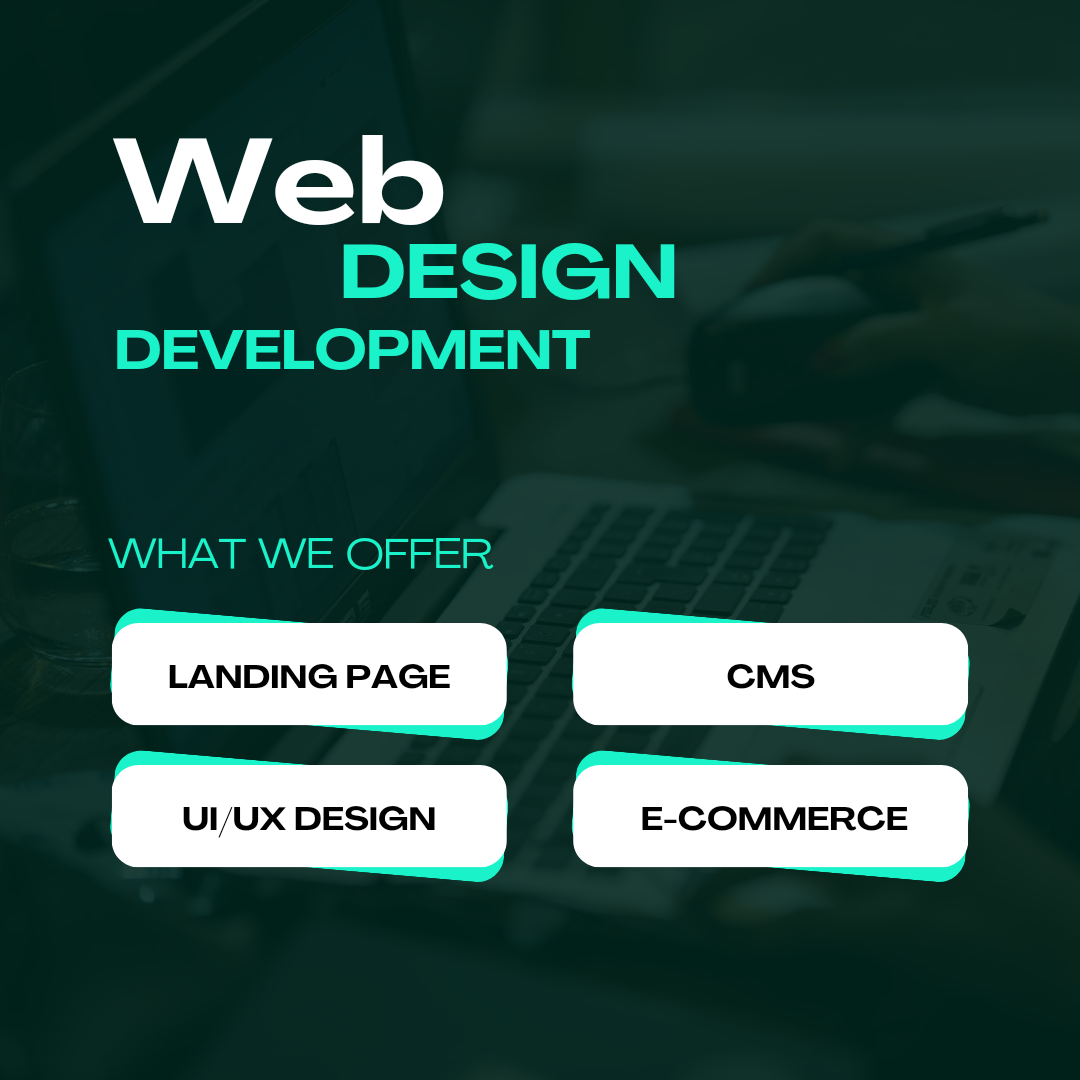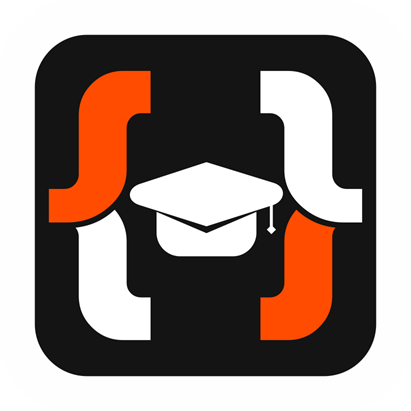
Pwa Application Development
Progressive Web Applications (PWAs) represent a significant evolution in web technology, combining the best features of web and mobile applications to provide users with a seamless and engaging experience. Here's a comprehensive description of PWA application development: ### Introduction to Progressive Web Applications (PWAs) Progressive Web Applications (PWAs) are web applications that leverage modern web capabilities to provide an app-like experience to users directly through the web browser. They are built using standard web technologies such as HTML, CSS, and JavaScript but offer features traditionally associated with native mobile apps. ### Key Features of PWAs 1. **Responsive:** PWAs are designed to work seamlessly across various devices and screen sizes, including desktops, smartphones, and tablets, ensuring a consistent user experience. 2. **App-like Experience:** PWAs provide an immersive, app-like experience to users, including smooth animations, offline functionality, and push notifications, enhancing user engagement and retention. 3. **Reliability:** PWAs are designed to be reliable, even in uncertain network conditions. They can work offline or with a poor internet connection, thanks to features like service workers and caching strategies. 4. **Fast Performance:** PWAs load quickly and respond instantly to user interactions, delivering a smooth and snappy user experience comparable to native mobile apps. 5. **Discoverability:** PWAs are discoverable through search engines and can be easily shared via URLs, eliminating the need for app store distribution and installation. 6. **Security:** PWAs are served over HTTPS to ensure data security and integrity, protecting both users and the application from potential security threats. ### Components of PWA Development 1. **Service Workers:** Service workers are JavaScript files that run in the background, intercepting network requests and enabling features such as offline caching, push notifications, and background sync. 2. **App Shell Architecture:** PWAs often adopt the app shell architecture, separating the application's content from its user interface (UI) elements to enable fast loading and smooth navigation. 3. **Web App Manifest:** The web app manifest is a JSON file that defines the PWA's metadata, including its name, icons, theme colors, and display modes, allowing browsers to install the PWA to the home screen and launch it in standalone mode. 4. **Responsive Design:** PWAs are built with responsive design principles to ensure that they adapt and render properly on different devices and screen sizes, providing a consistent user experience. 5. **Offline Caching:** PWAs use caching strategies to store assets and data locally, enabling offline functionality and faster loading times, even when the device is not connected to the internet. 6. **Push Notifications:** PWAs can send push notifications to engage users and provide timely updates or reminders, improving user re-engagement and retention. ### Advantages of PWA Development 1. **Cost-Effectiveness:** PWAs eliminate the need for separate development efforts for different platforms (e.g., iOS and Android), reducing development costs and time-to-market. 2. **Cross-Platform Compatibility:** PWAs are platform-agnostic and can run on any device with a modern web browser, reaching a broader audience without requiring separate app versions. 3. **Improved User Engagement:** PWAs offer features such as push notifications and offline functionality, enhancing user engagement and satisfaction. 4. **Faster Iteration Cycles:** PWAs can be updated and deployed instantly without requiring app store approval, enabling faster iteration cycles and continuous improvements based on user feedback. 5. **Better Discoverability:** PWAs can be indexed by search engines and shared via URLs, increasing discoverability and organic traffic to the application. 6. **Reduced Friction:** PWAs eliminate the barrier of app store downloads and installations, providing a frictionless user experience that encourages adoption and usage. ### Conclusion Progressive Web Applications (PWAs) represent the future of web development, offering a compelling alternative to traditional native mobile apps. By combining the best features of web and mobile technologies, PWAs provide users with fast, reliable, and engaging experiences across various devices and network conditions. With their numerous advantages and growing support from major browsers and platforms, PWAs are poised to revolutionize the way we build and experience web applications.


Responsive Web Development
Welcome to The Coding Skool's comprehensive fullstack UI design and development services, where we specialize in crafting tailored, modern web applications that seamlessly integrate intuitive user interfaces with robust backend functionalities. Whether you're launching a new project or looking to revamp an existing application, our team is dedicated to delivering solutions that not only meet but exceed your expectations.
UI/UX Design Excellence
At the heart of every successful web application lies a captivating user experience (UX) and an engaging user interface (UI). Our experts begin by understanding your vision and target audience, meticulously designing interfaces that are both aesthetically pleasing and user-friendly. From wireframing to prototyping, we ensure every element enhances usability and reflects your brand identity. Through iterative feedback and testing, we refine designs to achieve optimal usability and visual appeal.
Cutting-Edge Frontend Development
Our frontend development services harness the latest technologies including HTML5, CSS3, and JavaScript frameworks such as React, Vue.js, and Angular. This enables us to create dynamic, responsive interfaces that deliver a seamless experience across devices and browsers. Whether it's implementing complex animations, integrating third-party APIs, or optimizing performance, we prioritize scalability and maintainability to future-proof your application.
Robust Backend Solutions
Powering the core functionality of your application, our backend development team excels in building scalable, secure, and efficient systems. Leveraging frameworks like Node.js, Django, Laravel, and databases such as MySQL, PostgreSQL, and MongoDB, we ensure seamless data management, API integrations, and server-side logic. Our solutions are designed to handle high traffic, maintain data integrity, and support future growth without compromising on performance.
Comprehensive Database Management
Effective data management is crucial for modern web applications. We employ advanced database solutions tailored to your application's needs, ensuring secure storage, efficient querying, and seamless scalability. Whether it's designing normalized database schemas, implementing caching strategies, or ensuring data encryption and compliance, we prioritize data security and reliability throughout the development lifecycle.
Integration and Deployment Expertise
A successful launch is just the beginning. Our team provides end-to-end support in deploying your application to production environments, ensuring a smooth transition from development to live deployment. We adhere to best practices in continuous integration and deployment (CI/CD), automate testing processes, and monitor performance metrics to guarantee optimal uptime and user experience.
Client-Centric Approach
We believe in collaborative partnerships with our clients, emphasizing transparency, communication, and responsiveness throughout the project lifecycle. From initial consultation to post-launch support and maintenance, we are committed to delivering solutions that align with your business objectives and exceed industry standards.
Conclusion
Whether you're a startup aiming to disrupt the market or an established enterprise seeking digital transformation, The Coding Skool's fullstack UI design and development services empower you to innovate and thrive in today's competitive landscape. Contact us today to discuss your project requirements, and let's embark on a journey to create exceptional web experiences together. Together, we'll build not just applications, but digital solutions that leave a lasting impact.
Thanks

Laravel Application
Certainly! Here's a description of C++ with key points:
1. **Object-Oriented Programming (OOP)**:
- C++ is a multi-paradigm programming language, but it's most prominently known for its support for OOP.
- It allows the creation of classes and objects, encapsulation, inheritance, and polymorphism.
2. **Compiled Language**:
- C++ is a compiled language, meaning that source code is translated into machine code before execution.
- It offers high performance and efficiency due to its close-to-hardware nature.
3. **Rich Standard Library**:
- C++ comes with a rich standard library that provides a wide range of functions and utilities for common programming tasks.
- It includes libraries for handling strings, input/output operations, containers (like vectors, lists, maps), algorithms, and more.
4. **Memory Management**:
- C++ allows explicit memory management using pointers.
- It provides features like dynamic memory allocation and deallocation using `new` and `delete` keywords, which gives programmers control over memory usage.
5. **Performance**:
- C++ is known for its high performance and efficiency, making it suitable for system-level programming, game development, and other performance-critical applications.
- It allows for low-level manipulation and optimization of code, such as inline assembly.
6. **Platform Independence**:
- C++ programs can be written to be platform-independent using abstractions provided by the language and its standard library.
- However, direct system interactions may require platform-specific code.
7. **Compatibility with C**:
- C++ is largely compatible with the C programming language, allowing C code to be integrated into C++ programs seamlessly.
- C++ adds additional features and improvements over C, such as classes, templates, and exception handling.
8. **Templates**:
- C++ templates provide a powerful mechanism for generic programming.
- They allow functions and classes to operate with generic types, enabling code reusability and flexibility.
9. **Exception Handling**:
- C++ supports exception handling mechanisms for dealing with runtime errors and exceptional conditions.
- It allows programmers to write code that gracefully handles errors and failures.
10. **Standardization**:
- C++ is standardized by the International Organization for Standardization (ISO), with the latest version being C++17 (as of my last update).
- The standardization ensures consistency and portability across different compilers and platforms.
These points capture some of the key features and characteristics of the C++ programming language.

Professional Email Service
Make your business more professional by using professional email for your business. No website or app is required for the Professional Email Service.